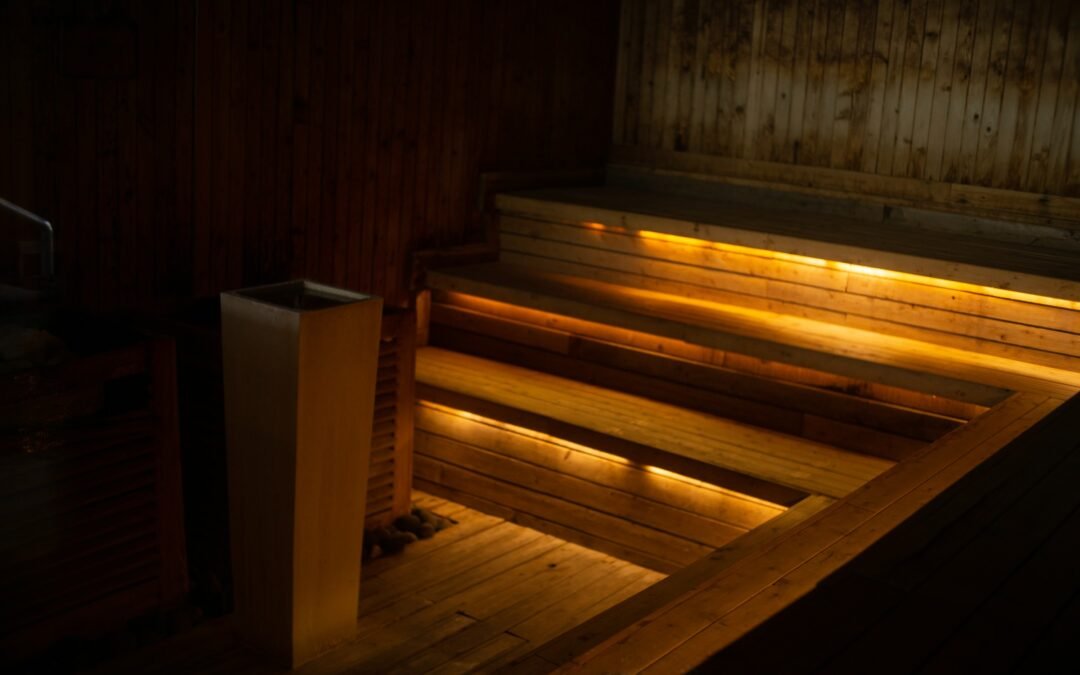Chronic pain affects millions of people worldwide, often leading to decreased quality of life, reduced mobility, and emotional distress. While there are many conventional treatments available, such as medication and physical therapy, some individuals are turning to alternative methods to find relief. One such method that has gained popularity in recent years is contrast therapy, which involves alternating between hot and cold temperatures to alleviate pain and promote healing. In this article, we’ll explore the benefits of contrast therapy, specifically focusing on the use of saunas and ice baths, and how they can be a powerful tool in managing chronic pain.
Understanding Chronic Pain:
Before we dive into the benefits of contrast therapy, let’s take a moment to understand chronic pain. Chronic pain is defined as pain that persists for more than 12 weeks, long after the initial injury or illness has healed. It can be caused by a variety of factors, including nerve damage, inflammation, and musculoskeletal disorders. Chronic pain can manifest in different parts of the body, such as the back, joints, or head, and can range from mild to severe. It can also have a significant impact on mental health, leading to anxiety, depression, and sleep disturbances.
The Science Behind Contrast Therapy:
Contrast therapy works by exploiting the body’s natural response to temperature changes. When exposed to heat, such as in a sauna, blood vessels dilate, increasing blood flow and bringing oxygen and nutrients to the affected area. This increased circulation can help to reduce inflammation, relax muscles, and promote healing. On the other hand, when exposed to cold, such as in an ice bath, blood vessels constrict, reducing inflammation and numbing pain receptors. The rapid alternation between hot and cold temperatures creates a pumping effect, which can help to flush out toxins and stimulate the lymphatic system.
The Benefits of Sauna Therapy for Chronic Pain:
Sauna therapy has been used for centuries as a means of promoting relaxation, detoxification, and pain relief. When it comes to chronic pain, regular sauna sessions can offer a variety of benefits. The heat from the sauna can help to increase blood flow, which can reduce muscle tension and stiffness, a common problem for those with chronic pain. The increased circulation can also help to deliver oxygen and nutrients to damaged tissues, promoting healing and reducing inflammation. Additionally, the relaxation effects of the sauna can help to reduce stress and anxiety, which can exacerbate chronic pain.
The Benefits of Ice Therapy for Chronic Pain:
On the other end of the temperature spectrum, ice therapy can also be a powerful tool in managing chronic pain. Applying cold to the affected area can help to numb pain receptors, providing instant relief. It can also help to reduce inflammation and swelling, which can contribute to pain and discomfort. Ice therapy can be particularly helpful for those with chronic joint pain, such as arthritis, as it can help to reduce stiffness and improve mobility. Additionally, the shock of the cold temperature can help to stimulate the release of endorphins, the body’s natural pain killers, providing a sense of euphoria and well-being.
Combining Sauna and Ice Therapy for Maximum Benefits:
While both sauna and ice therapy can be beneficial on their own, combining the two in a contrast therapy session can provide even greater benefits for those with chronic pain. The rapid alternation between hot and cold temperatures creates a pumping effect, which can help to flush out toxins and stimulate the lymphatic system. This can help to reduce inflammation and promote healing in the affected area. Additionally, the contrast between the two temperatures can help to improve circulation, bringing fresh blood and nutrients to damaged tissues.
Incorporating Contrast Therapy into Your Pain Management Plan:
If you’re interested in incorporating contrast therapy into your chronic pain management plan, there are a few things to keep in mind. First, it’s important to consult with your healthcare provider to ensure that contrast therapy is safe and appropriate for your specific condition. Once you’ve gotten the green light, start slowly and listen to your body. Begin with short sessions, gradually increasing the duration and frequency as your body adapts.
Chronic pain can be a challenging and frustrating condition to manage, but contrast therapy offers a promising alternative to traditional treatments. By harnessing the power of hot and cold temperatures, sauna and ice therapy can help to reduce inflammation, alleviate pain, and promote healing. Whether used separately or in combination, these ancient practices can be a powerful tool in your pain management arsenal.
So, if you’re looking for a natural way to find relief from chronic pain, consider giving contrast therapy a try – you may be surprised at just how effective it can be!

